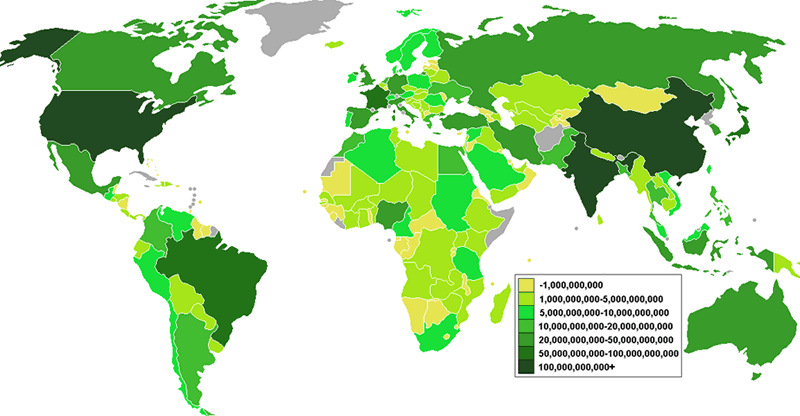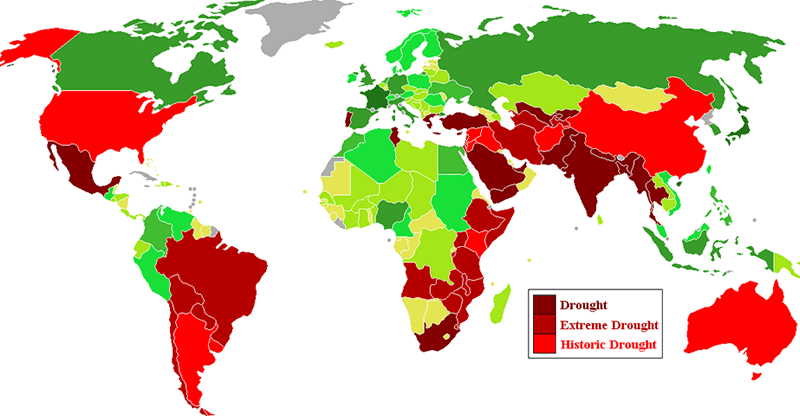
NYTimes | For the first time since territorial days, rain will be free for the catching here, as more and more thirsty states part ways with one of the most entrenched codes of the West.
Precipitation, every last drop or flake, was assigned ownership from the moment it fell in many Western states, making scofflaws of people who scooped rainfall from their own gutters. In some instances, the rights to that water were assigned a century or more ago.
Now two new laws in Colorado will allow many people to collect rainwater legally. The laws are the latest crack in the rainwater edifice, as other states, driven by population growth, drought, or declining groundwater in their aquifers, have already opened the skies or begun actively encouraging people to collect.
“I was so willing to go to jail for catching water on my roof and watering my garden,” said Tom Bartels, a video producer here in southwestern Colorado, who has been illegally watering his vegetables and fruit trees from tanks attached to his gutters. “But now I’m not a criminal.”
Who owns the sky, anyway? In most of the country, that is a question for philosophy class or bad poetry. In the West, lawyers parse it with straight faces and serious intent. The result, especially stark here in the Four Corners area of Arizona, Colorado, New Mexico and Utah, is a crazy quilt of rules and regulations — and an entire subculture of people like Mr. Bartels who have been using the rain nature provided but laws forbade.
The two Colorado laws allow perhaps a quarter-million residents with private wells to begin rainwater harvesting, as well as the setting up of a pilot program for larger scale rain-catching.
Just 75 miles west of here, in Utah, collecting rainwater from the roof is still illegal unless the roof owner also owns water rights on the ground; the same rigid rules, with a few local exceptions, also apply in Washington State. Meanwhile, 20 miles south of here, in New Mexico, rainwater catchment, as the collecting is called, is mandatory for new dwellings in some places like Santa Fe.




























